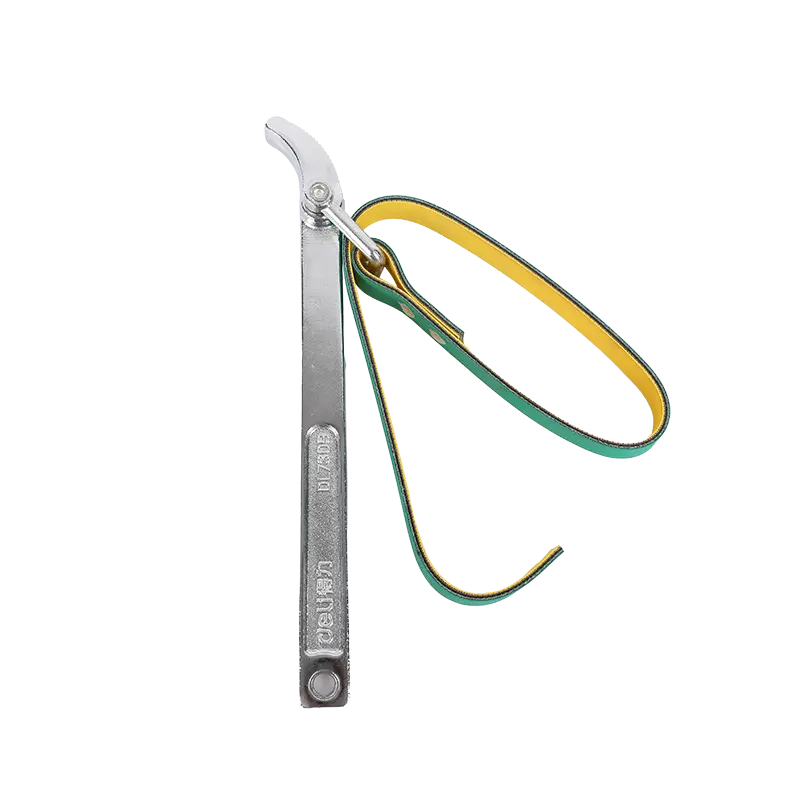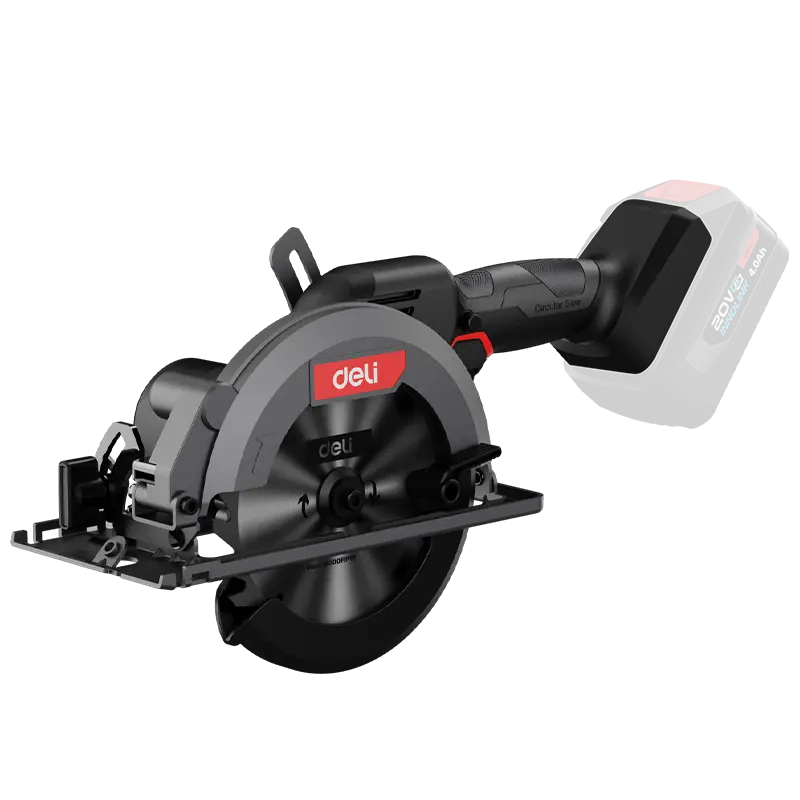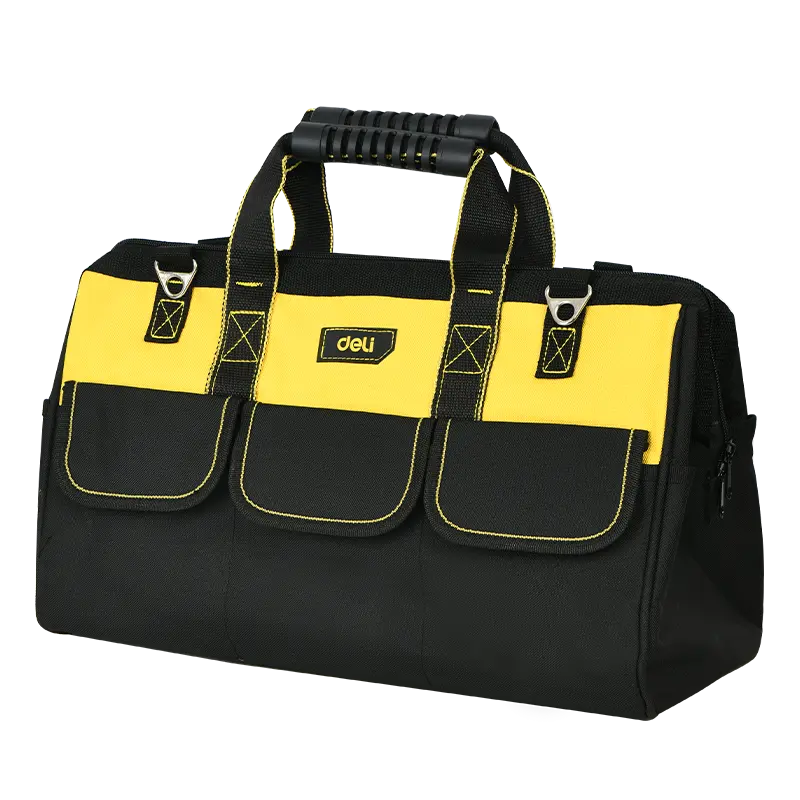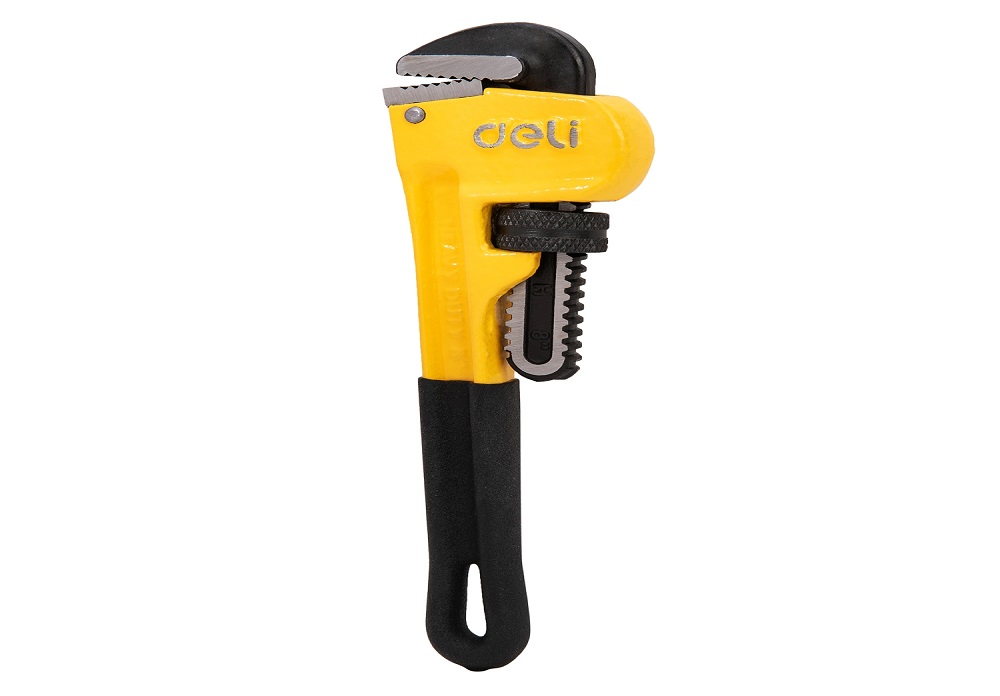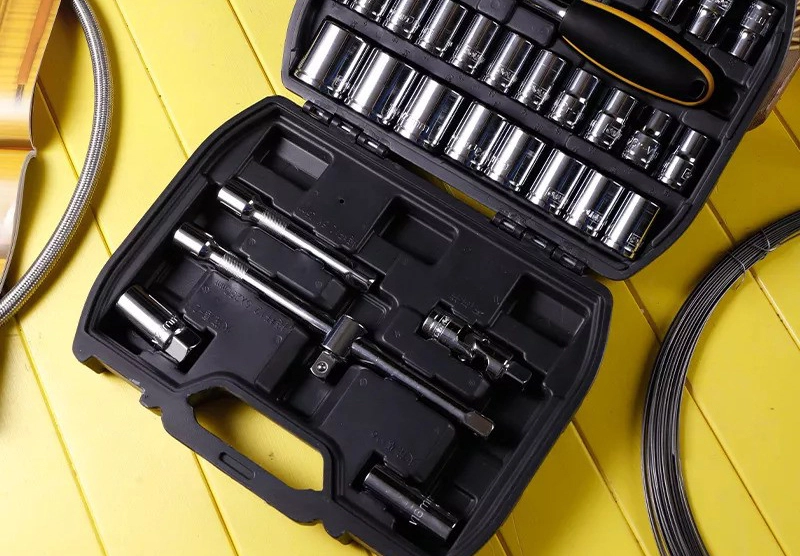In modern industrial production and the construction industry, the application of power tools is becoming increasingly widespread. Among them, electric wrenches, with their efficiency and convenience, have become valuable assistants for engineers, technicians, and DIY enthusiasts. This article will provide a detailed introduction to the design principles, functional features, and applications of electric wrenches in different fields.
Design Principles of Electric Wrenches
An electric wrench relies on electricity to drive the wrench. Its core components include a motor, reducer, transmission mechanism, and torque adjustment device. Below, we will introduce these components and their working principles one by one.
Motor
The motor of an electric wrench usually adopts either a DC motor or an AC motor. DC motors have the advantages of simple structure and convenient speed regulation, making them suitable for scenarios requiring frequent torque adjustments; AC motors, on the other hand, feature high power and efficiency, making them ideal for applications requiring high torque output. The motor converts electrical energy into mechanical energy, driving the rotation of the wrench.
Reducer
The reducer is an important component of the electric wrench, mainly used to reduce the motor's speed while increasing torque. Through the role of the reducer, the electric wrench can maintain high torque output while lowering the motor's speed, thereby tightening or loosening bolts, nuts, and other fasteners. The design of the reducer must match the actual usage requirements of the electric wrench to ensure sufficient torque output and stability.
Transmission Mechanism
The transmission mechanism is responsible for transmitting the motor's rotational motion to the wrench's head, thus enabling the tightening or loosening of bolts and nuts. The transmission mechanism typically includes components like gears and chains, which, through mutual coordination, achieve efficient and stable torque transmission. Additionally, the transmission mechanism must have sufficient strength and wear resistance to handle various harsh working environments.
Torque Adjustment Device
The torque adjustment device is one of the critical components of the electric wrench, primarily used to adjust the torque output of the wrench. By adjusting the torque adjustment device, users can set the appropriate torque value based on actual needs to ensure the correct tightening or loosening of bolts and nuts. The design of the torque adjustment device must consider user operating habits and safety to ensure users can conveniently and accurately adjust the torque value.
Features of Electric Wrenches
Efficiency and Convenience
Electric wrenches, driven by electricity, are efficient and convenient. Compared to traditional hand wrenches, electric wrenches can complete a large amount of bolt and nut tightening or loosening in a short time, significantly improving work efficiency. At the same time, electric wrenches can reduce workers' labor intensity and minimize fatigue and injuries caused by prolonged operation.
Adjustable Torque
Electric wrenches feature adjustable torque, allowing users to set the appropriate torque value based on actual needs. This function enables electric wrenches to adapt to the tightening or loosening requirements of fasteners of different sizes and materials, enhancing the universality and practicality of the tool.
High Safety
The design of electric wrenches fully considers safety factors. For example, they typically come equipped with overload protection and overheat protection to prevent damage or danger caused by motor overload or overheating. Additionally, electric wrenches have humanized designs like anti-slip handles and safety switches to ensure users can maintain a safe and stable state during use.
Applications of Electric Wrenches
Automotive Industry
The automotive industry is one of the primary application fields for electric wrenches. During the manufacturing and maintenance of vehicles, numerous bolts and nuts need to be tightened or loosened. Electric wrenches, with their efficiency and convenience, have become indispensable tools in the automotive industry.
Construction Industry
The construction industry is also a significant application field for electric wrenches. During construction processes, various fasteners need to be tightened or loosened. The efficiency and convenience of electric wrenches allow construction workers to complete tasks more quickly, thereby improving construction efficiency.
Aerospace Industry
The aerospace industry has very high requirements for tools, needing to ensure high precision, reliability, and safety. As an efficient and convenient tool, the electric wrench can meet the stringent requirements of the aerospace industry. In aircraft manufacturing and maintenance, electric wrenches are widely used for the tightening or loosening of various fasteners.
Household DIY
Apart from professional fields, electric wrenches are also widely used in household DIY. In home renovation and repair, electric wrenches can help users easily complete various bolt and nut tightening or loosening tasks. Additionally, some electric wrenches come with multifunctional features like cutting and drilling, further expanding their application scope in household DIY.
Deli Tools' Electric Wrenches
As a professional leading wrench manufacturer, Deli Tools' electric wrenches have high drilling efficiency and a small, compact body that can be easily used in narrow working conditions. They operate with constant power, ensuring the torque does not decrease due to power loss.

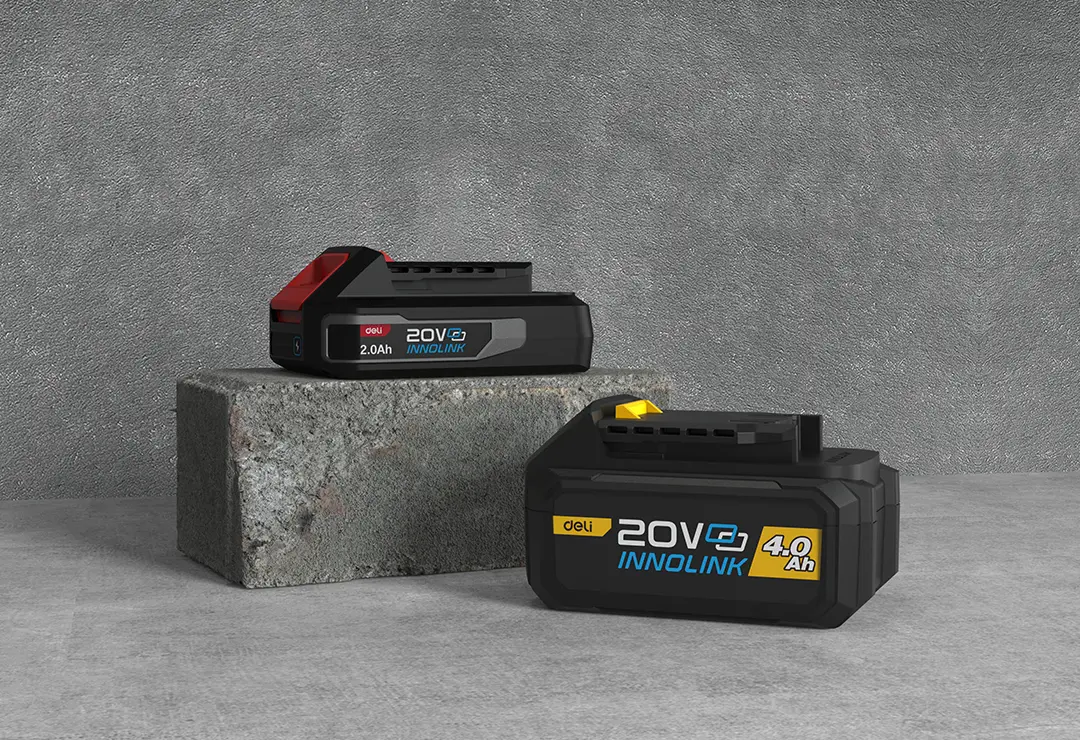
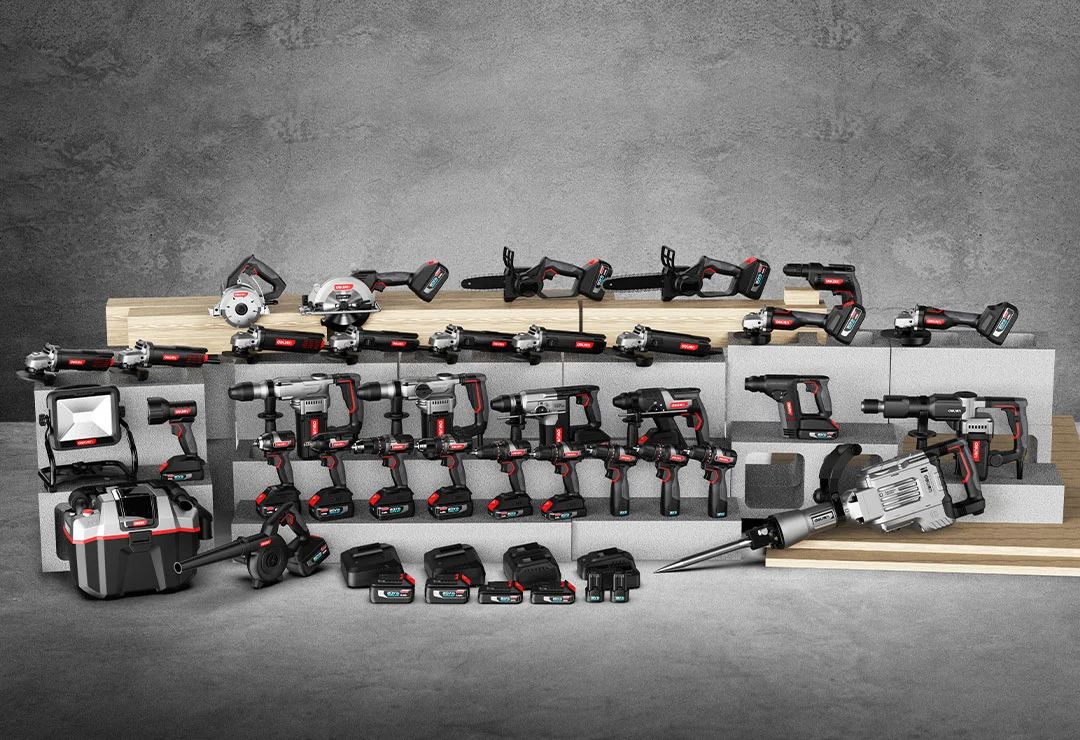
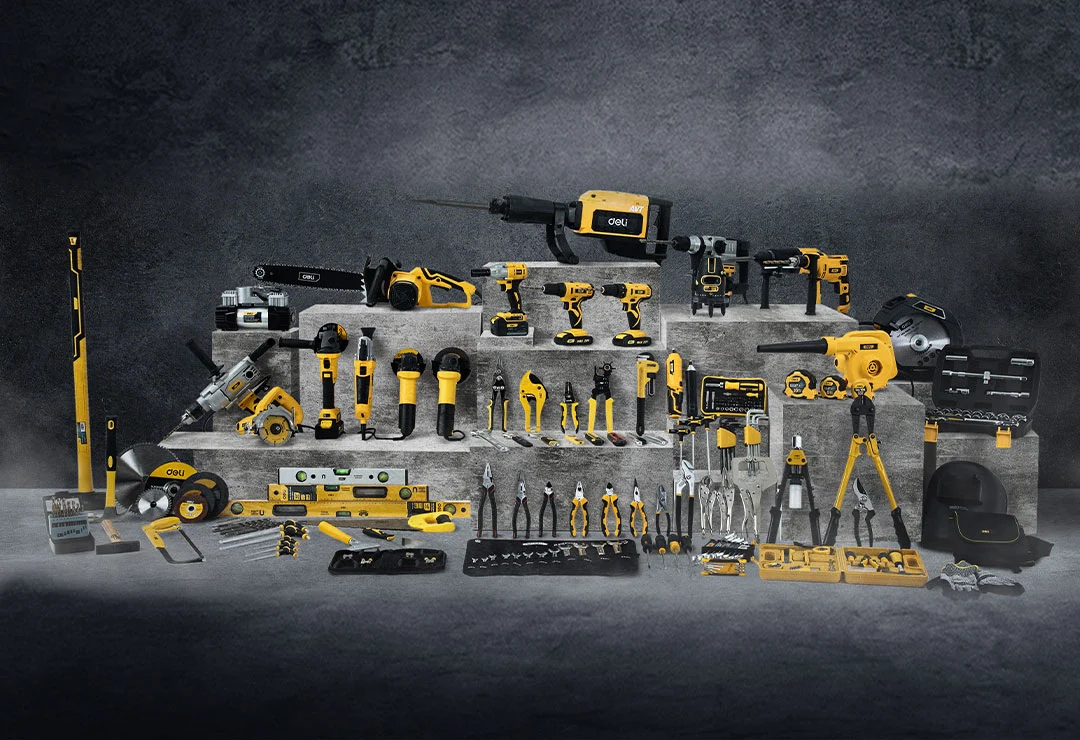
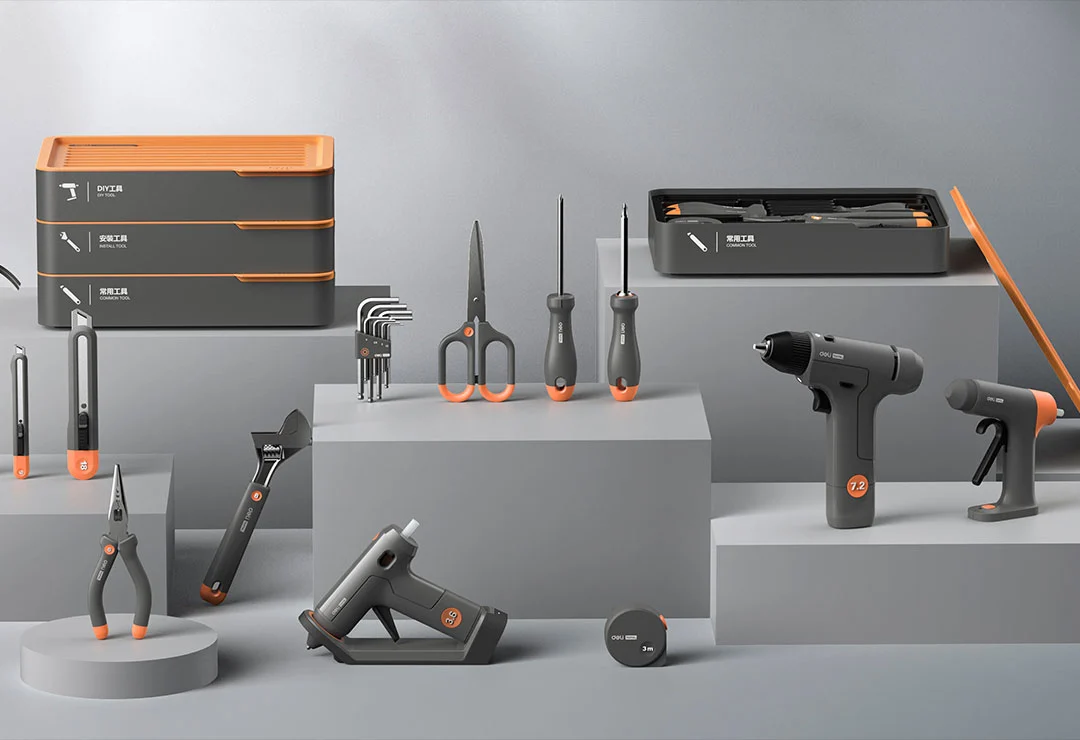

 EN
EN
 jp
jp  ko
ko  fr
fr  de
de  es
es  it
it  ru
ru  pt
pt  ar
ar  vi
vi  th
th  hi
hi  pl
pl  id
id  el
el 